Asian blepharoplasty refers to upper eyelid surgery in Asian patients, and encompasses a wide range of anatomies and aesthetic goals. Sometimes called double eyelid surgery, the procedure has the ability to create a supratarsal crease or upper eyelid fold in patients without a native fold, increase the height and depth of a pre-existing fold, and/or alter the shape and size of the supratarsal fold. In addition, the upper eyelid fold may be created by using three small incisions and permanent sutures (DST or double-suture with twist), or with an incision along the entire upper eyelid crease (incisional upper blepharoplasty).
DST Asian eyelid surgery works best in younger patients without excess skin or fat in the upper eyelids that needs to be addressed. It also works best in patients with thinner skin, as the resulting fold will look more natural during dynamic movement than a patient with thicker skin. The rate of crease failure, or the upper eyelid fold unraveling, for suture only blepharoplasty is quite high at 10-15%. This failure rate also increases slightly with increasing age, as patients who undergo surgery may have a beautifully formed upper eyelid crease initially, but may see the crease weaken or even disappear completely with aging.
During incisional upper blepharoplasty the scar design and placement becomes crucial for the best results. The optimal scar placement will follow the newly created supratarsal crease or upper eyelid fold so that when the eyes are open the slight overhang of skin along the crease will completely hide the scar. In traditional blepharoplasty or upper eyelid lift the scar may extend into the lateral periorbital area (crow’s feet) where it can be hidden within a wrinkle, however in Asian patients and with patients with Fitzpatrick IV-VI skin types this results in a highly visible scar.
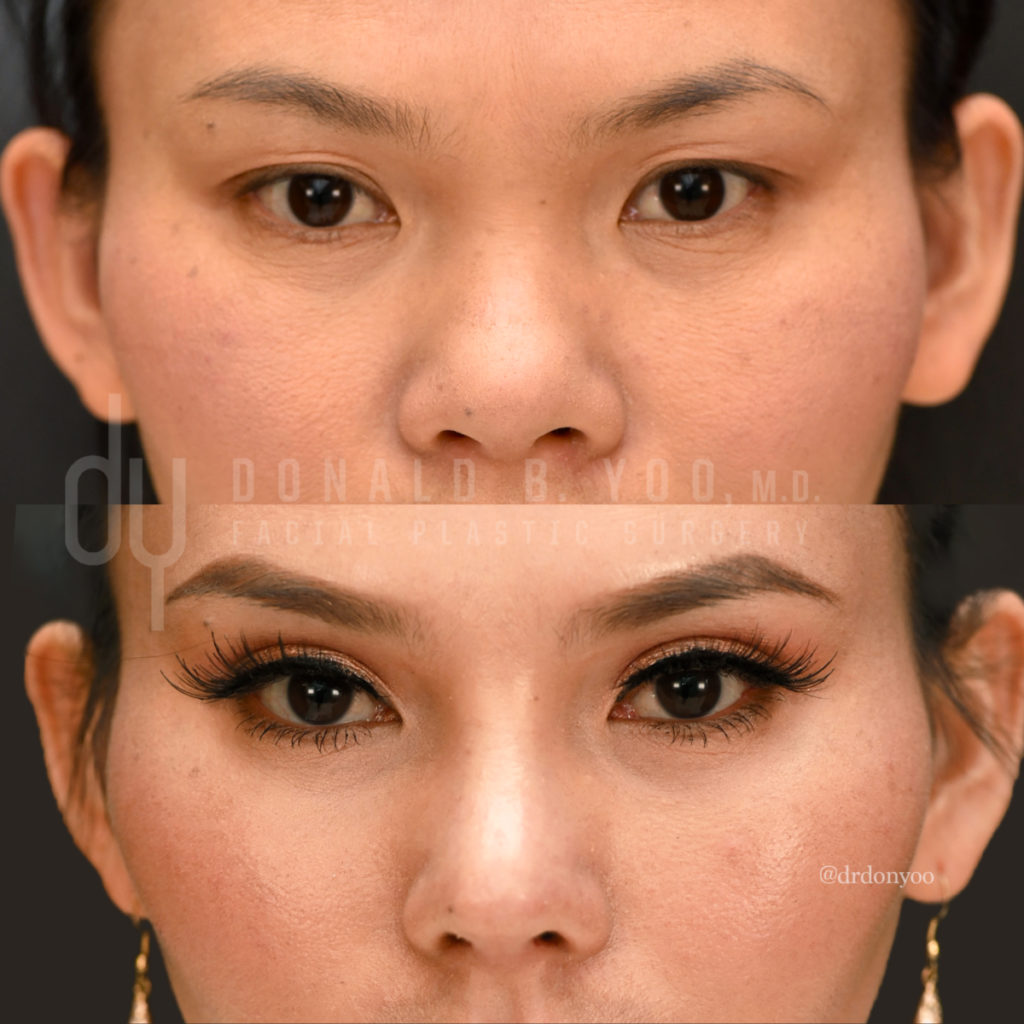
During Asian eyelid surgery once excess skin is addressed, excess fat may be repositioned within the upper eyelid sulcus to create a more youthful appearance, and any protruding fat may be excised. Supratarsal fixiation (anchoring) sutures are then used to set the height and shape of the upper eyelid crease, which fall into two general categories. An infold or tapered crease will have the medial aspect of the fold taper and meet the medial corner of the eyes, while an outfold or parallel crease will see the upper eyelid crease run nearly parallel with the eyelid margin and maintaining space between the margin and upper eyelid crease even towards the medial aspect of the eye. The appropriate shape will depend on personal preference, but should be guided by facial harmony relative to a patient’s unique facial features and proportions.
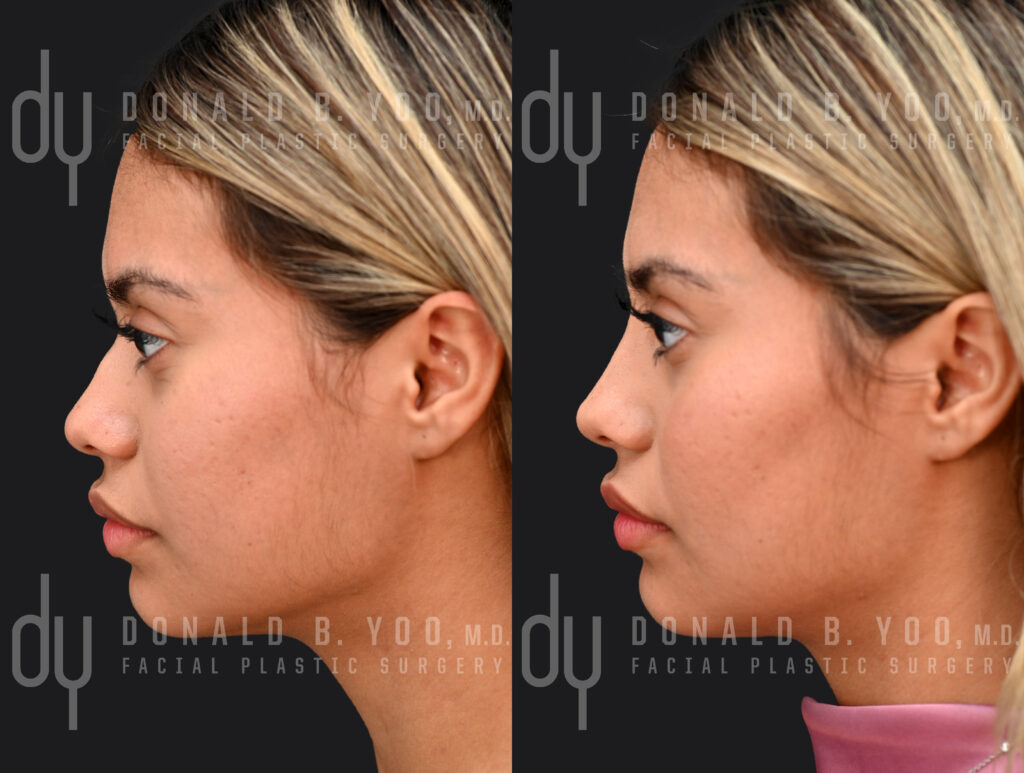
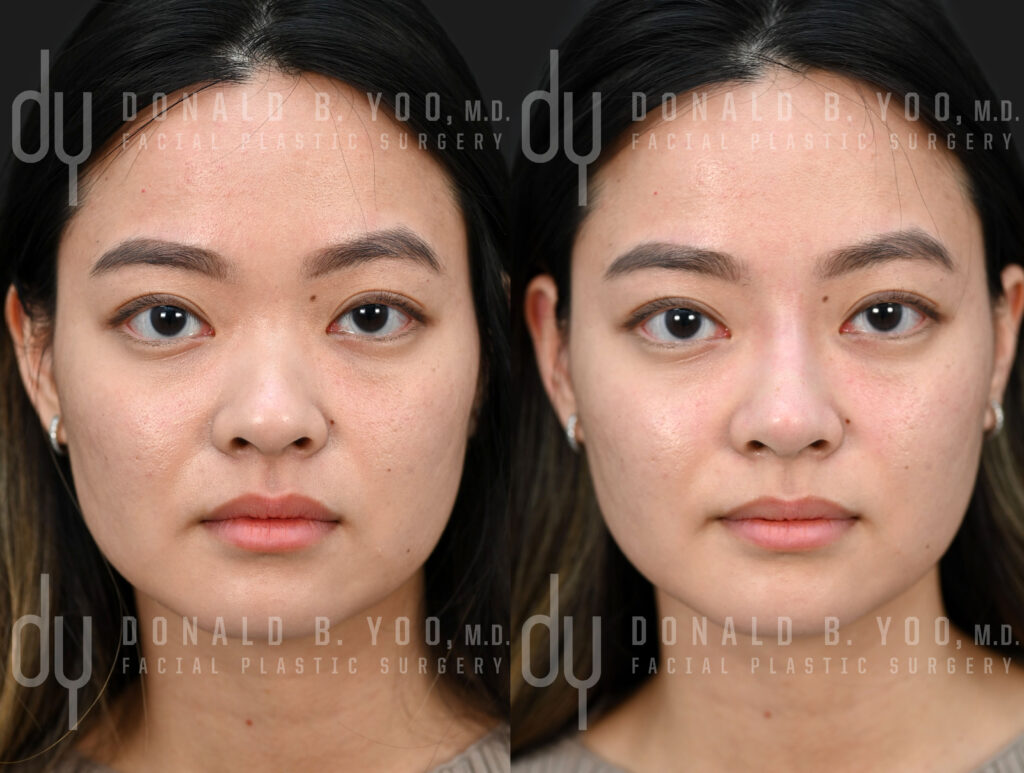
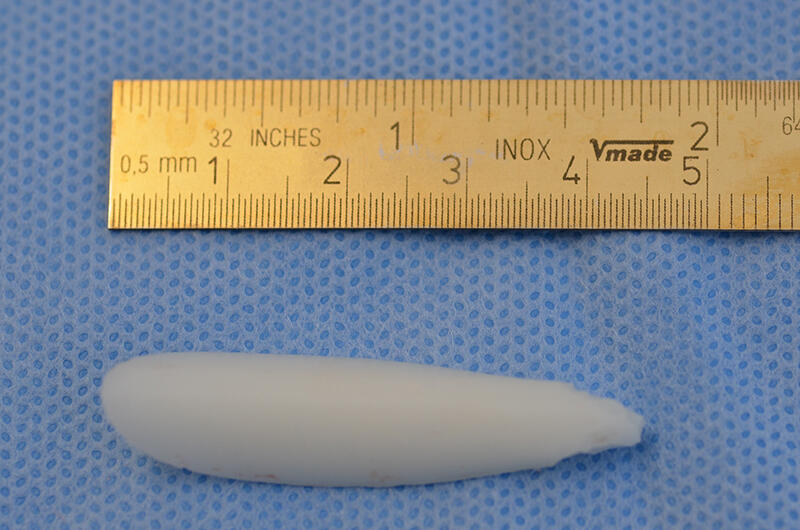
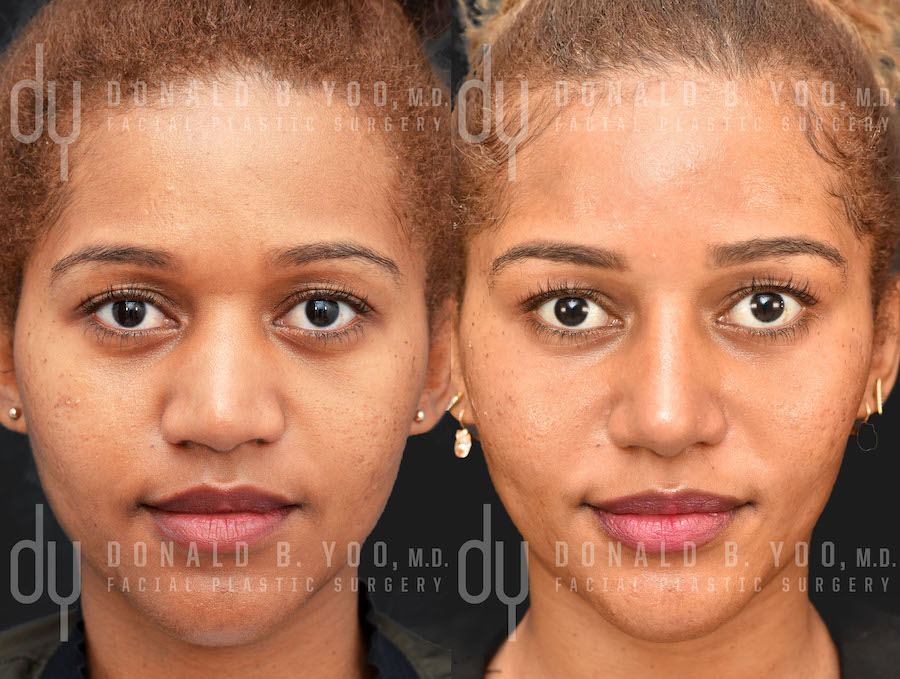




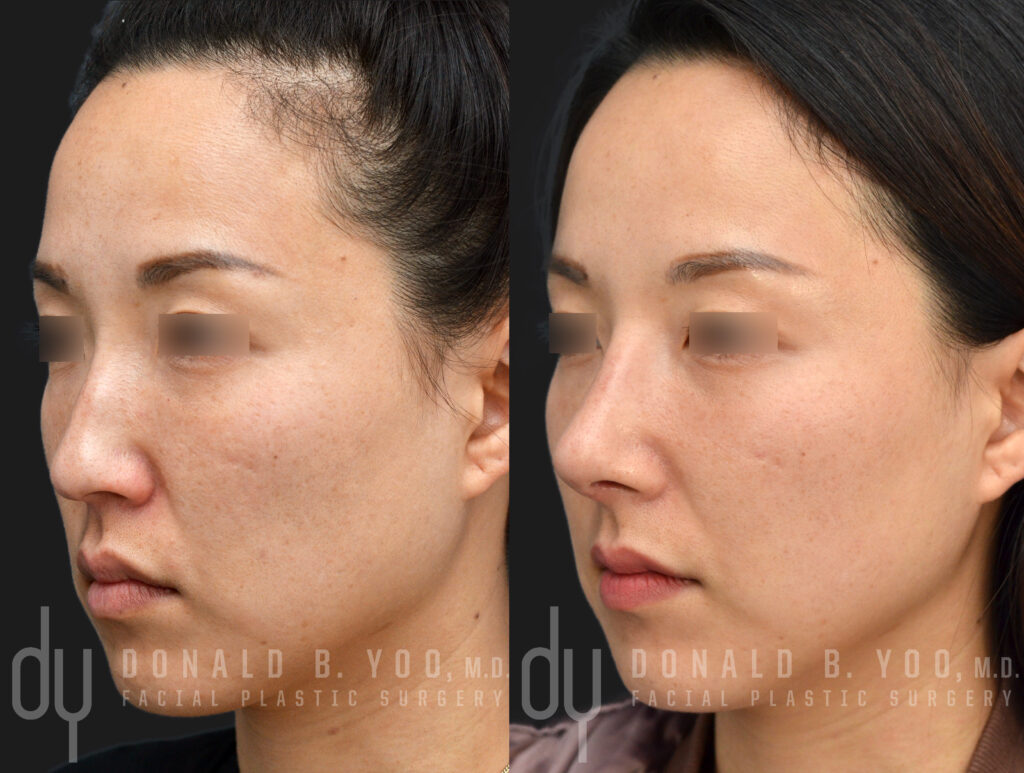
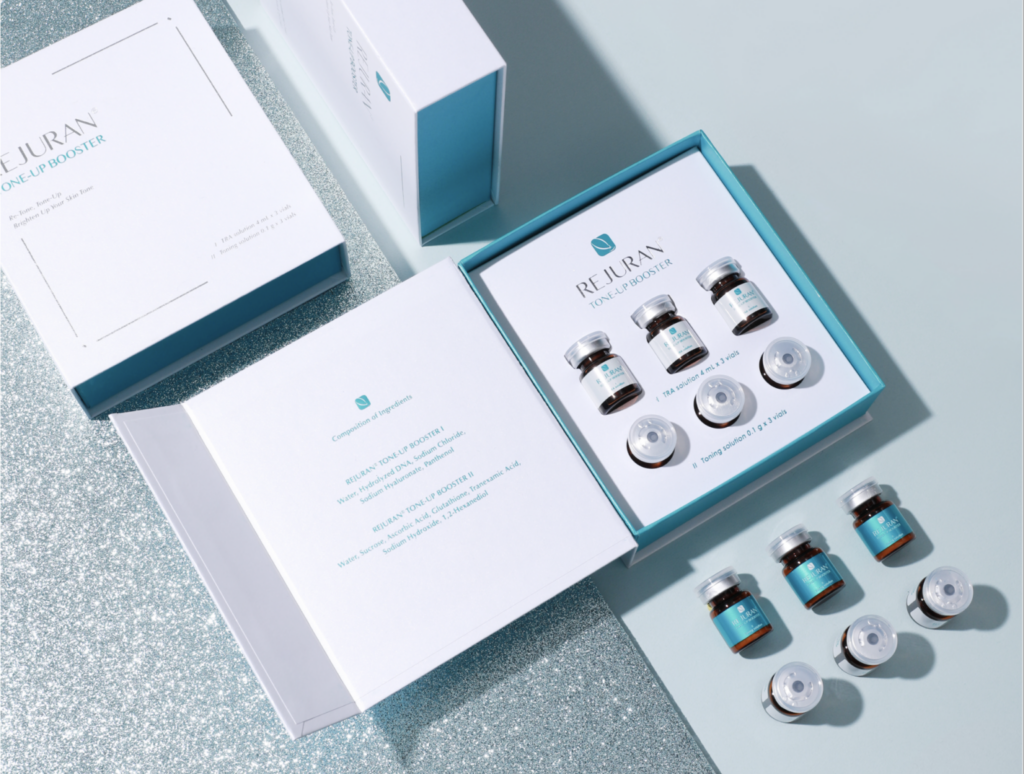
 Contact Us
Contact Us